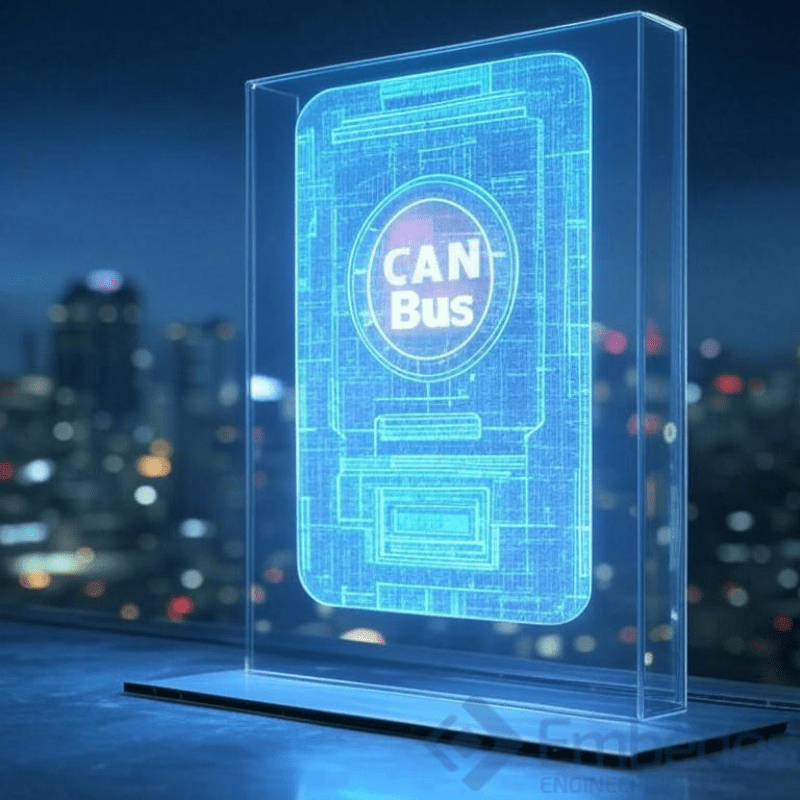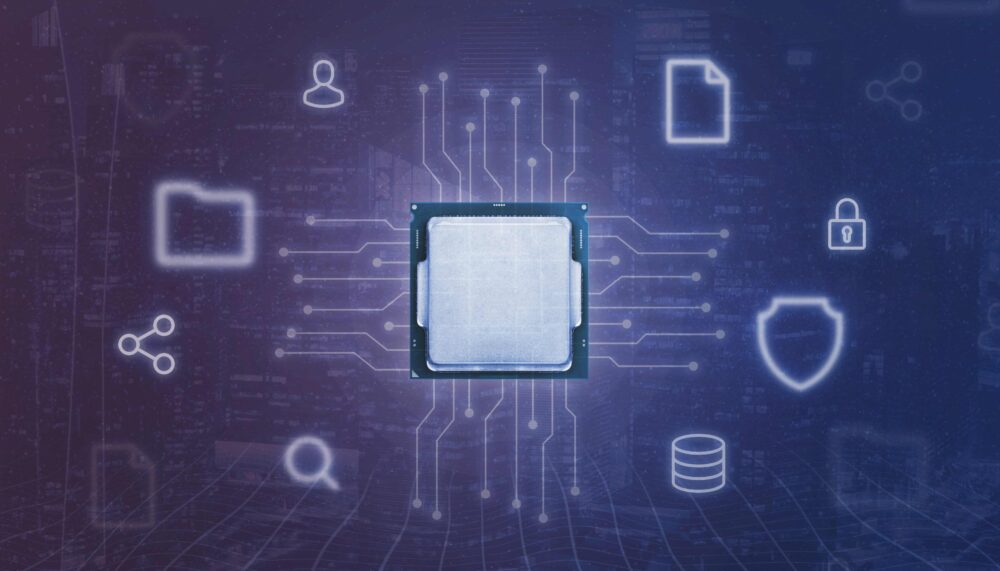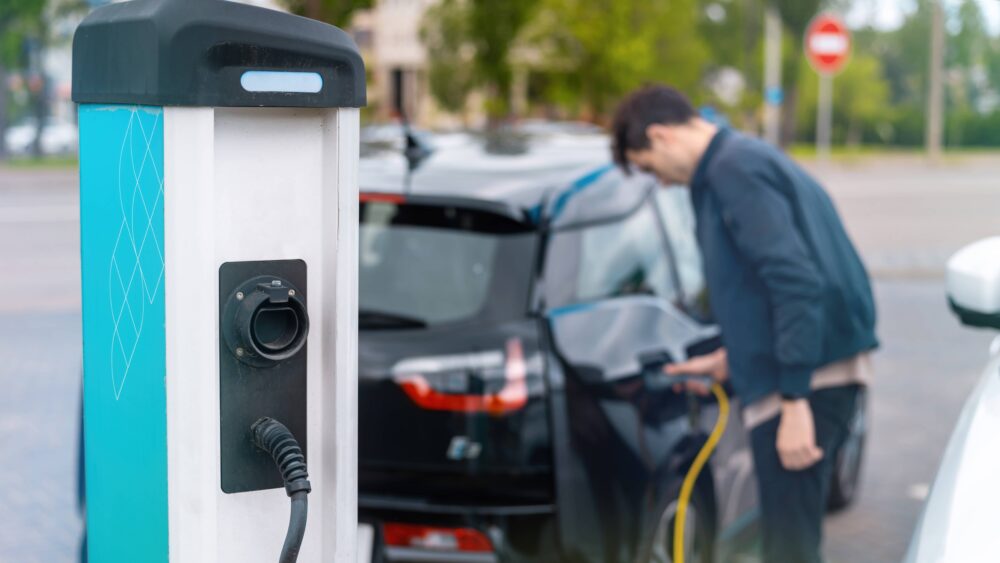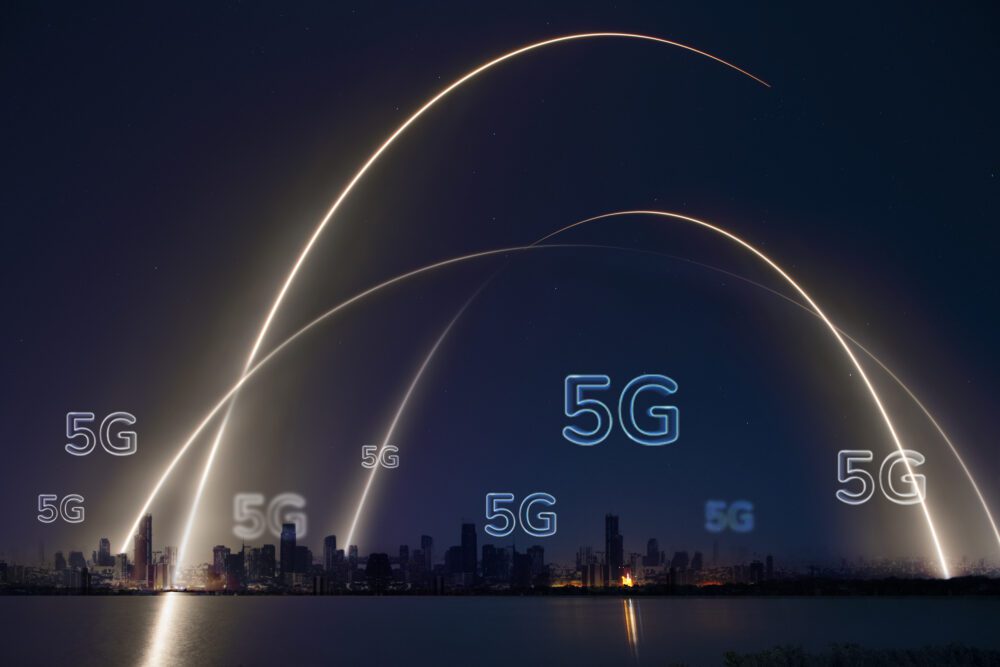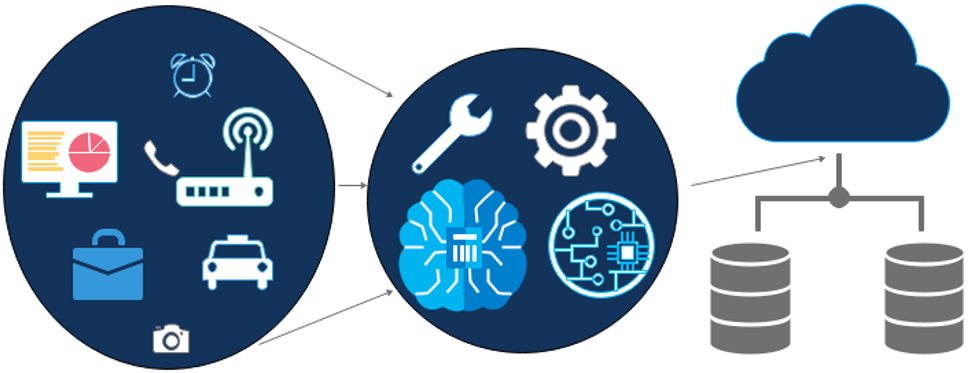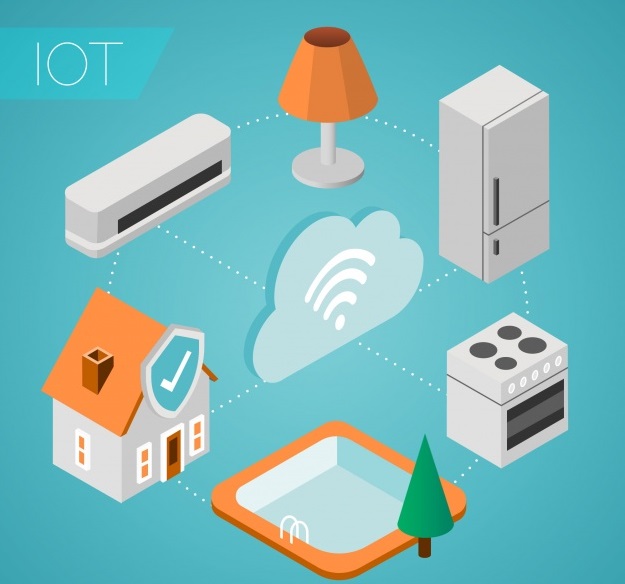IoT (Internet of Things) cellular connectivity has played a significant role in the rise of micromobility, which refers to small, lightweight vehicles designed for short trips. These vehicles include electric scooters, bikes, and other modes of transportation that are smaller and more agile than traditional cars.
One of the key ways that IoT cellular connectivity has enabled the rise of micromobility is by providing a means of communication between the vehicle and the internet.
This allows for real-time tracking and monitoring of the vehicle’s location, usage, and maintenance needs, as well as enabling features such as remote locking and unlocking, and the ability to pay for rides using a smartphone app.
#iot cellular connectivity has also made it possible for micromobility companies to offer services such as shared scooter fleets, where users can locate and unlock a nearby scooter using their smartphone. This has made it much easier and more convenient for people to use micromobility vehicles for short trips, which has contributed to their popularity.
The move to remote and hybrid work, as well as rising gas prices, may have contributed to the growth of the #micromobility industry. As more people are working remotely or on a hybrid basis, there is likely to be an increased need for convenient and efficient ways to travel short distances, such as for commuting or running errands.
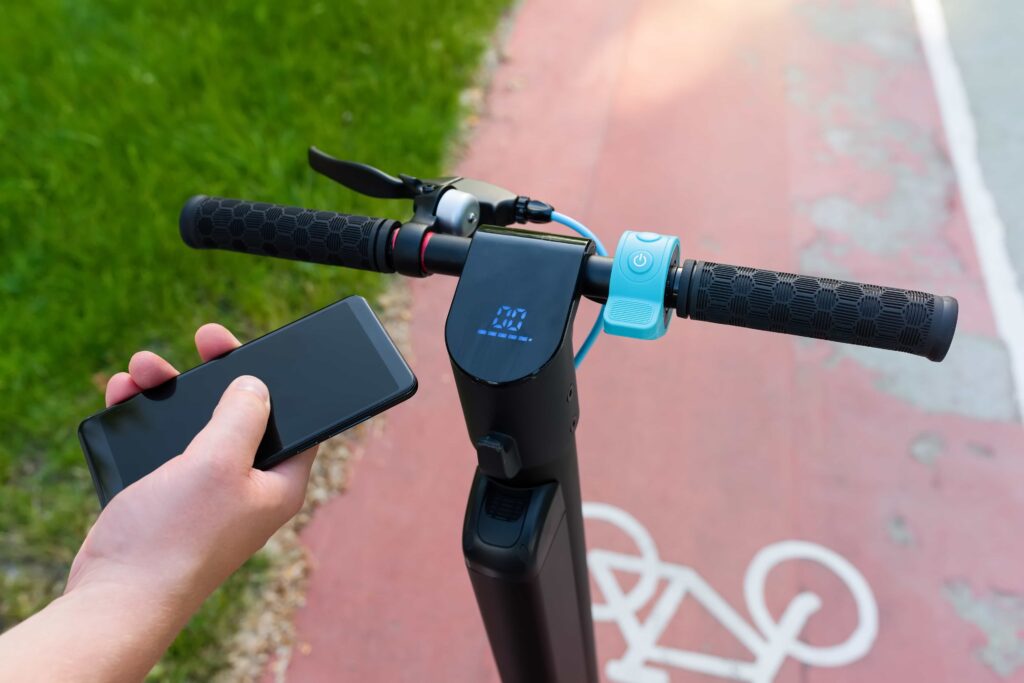
As the micromobility industry continues to grow, there is likely to be a focus on innovations in safety, accessibility, and cost-efficiency, as well as the use of technologies such as AI, computer vision, and sensors. These technologies can help to improve the performance and safety of micromobility vehicles, as well as make them more convenient and accessible for users.
The use of multi-carrier networks and eUICC (Embedded Universal Integrated Circuit Card) technology has helped to improve the connectivity and tracking of micromobility vehicles, such as electric bikes and scooters.
In the past, the coverage limitations of any one mobile carrier made it challenging to connect and track these types of vehicles. However, the shift towards multi-carrier networks has made it possible to achieve more reliable and extensive connectivity, even in areas where the coverage of a single carrier may be limited.
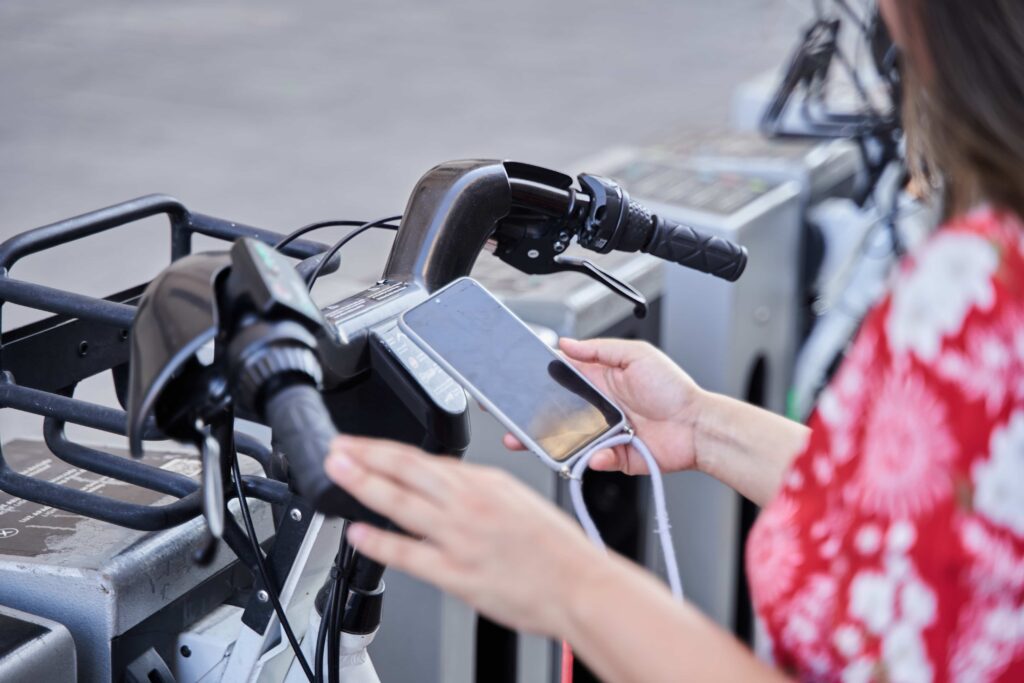
eUICC technology has also made it easier to deploy and manage fleets of micromobility vehicles, as it allows for the easy switching of carriers and the creation of a centralized dashboard for managing and tracking the vehicles.
For consumers, the use of multi-carrier networks and eUICC technology has made it more affordable to use micromobility vehicles, as it has helped to lower the cost of connectivity.
In addition, the use of these technologies has helped to reduce carbon emissions and the environmental impact of micromobility, which is especially important in the context of the global climate crisis.
The use of platforms that provide multi-carrier connectivity via a single SIM card can make it easier for micromobility companies to deploy their fleets in new markets.
This is because it allows them to avoid the need to deploy multiple SIM cards per device or navigate the complex array of mobile network providers in each market. Instead, they can rely on a single SIM card to provide connectivity across multiple carriers, which can be especially useful in markets where the coverage of a single carrier may be limited.
In addition, the use of these platforms can help micromobility companies to deploy their fleets more rapidly into new markets, thanks to features such as prototype testing and the ability to automatically optimize SIM cards for activation at the right time.
This can be especially useful in cities, where coverage reliability can vary even by neighborhood.
Finally, some platforms may offer pilot programs that can help companies study the total cost of ownership and project ROI in advance of full rollouts.
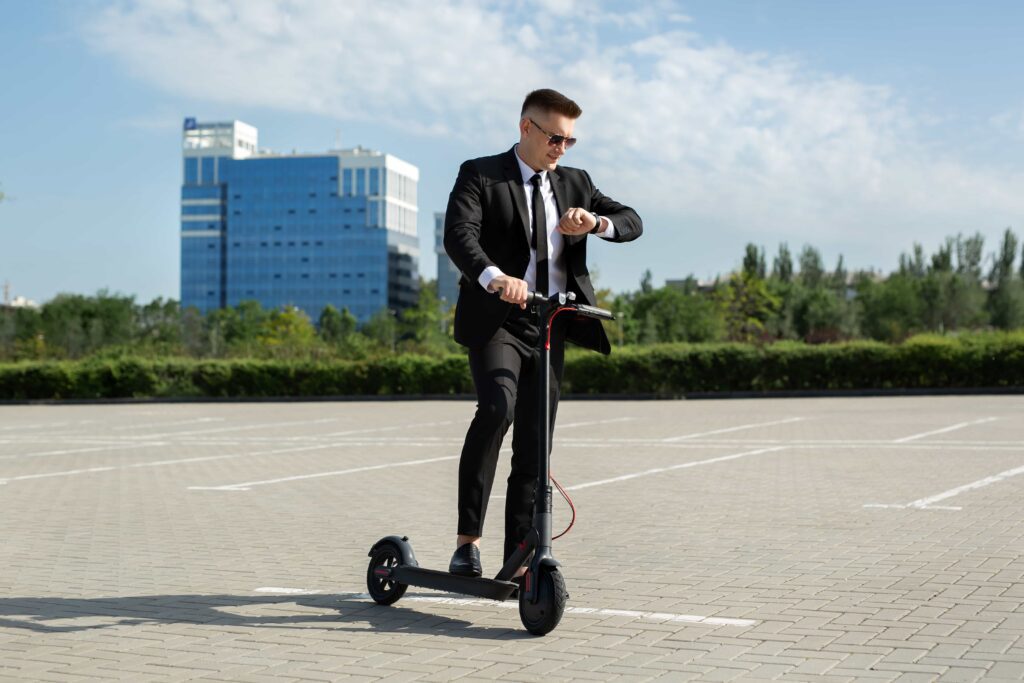
This can be helpful for companies looking to expand into new markets, as it allows them to test the viability of their business model and assess the potential return on their investment.
The low cost of e-scooter and e-bike rental has made micromobility vehicles more affordable and accessible for many people, particularly in dense city centers and lower-income areas.
These vehicles provide an alternative to traditional modes of transportation, such as cars, and can be especially useful for commuters who can dock or park them at charging stations, avoiding the need to pay for parking or taxi fees.
The use of multi-carrier connectivity can also help to improve the affordability of micromobility for both consumers and companies. By relying on a multi-carrier approach, micromobility companies can avoid the need to pay for multiple SIM cards or negotiate with multiple mobile network providers, which can help to reduce costs.
In addition, some multi-carrier IoT connectivity providers offer pay-as-you-go services or more appropriate pricing models for organizations with low data usage needs, such as micromobility companies.
The use of multi-carrier connectivity can help to improve the efficiency of micromobility fleets by enabling real-time tracking and monitoring of the vehicles.
This can help to reduce fuel costs associated with retrieving disabled vehicles and enable a quicker return to service, which can help to preserve revenue for the company.

By providing micromobility fleet managers with dashboards that offer real-time tracking and monitoring of the vehicles, it is possible to improve the lifespan of the fleet through easy-to-access diagnostics, location monitoring, data usage, and device usage. This can help to reduce the risk of misuse and improve the overall usability of the vehicles.
In addition, APIs can help to facilitate integration with other systems and platforms, such as payment systems and transportation networks.
Achieving constant IoT connectivity can be especially helpful for start-ups in the micromobility space, as it can allow them to focus more on innovations and less on troubleshooting and administrative work.
By using an IoT cellular connectivity platform that offers reliable and extensive coverage, these companies can reduce the amount of time and effort they need to spend on maintaining and managing their connectivity.
In addition, the use of API connections and integrations can help to ensure seamless reporting within the enterprise systems that micromobility companies prefer.
This can make it easier for these companies to track and monitor their fleets and access the data they need to make informed business decisions.
Overall, the use of IoT cellular connectivity and API connections can help to improve the efficiency and effectiveness of micromobility companies, enabling them to focus on developing and improving their products and services.
There are several steps that micromobility companies can take to future-proof their businesses:
- Invest in technology: By investing in technology such as AI, computer vision, and sensors, micromobility companies can improve the performance and safety of their vehicles, as well as offer new and innovative features to users.
- Build a strong brand: A strong brand can help micromobility companies to differentiate themselves from competitors and build customer loyalty.
- Focus on sustainability: As concerns about the environment continue to grow, it will be important for micromobility companies to focus on sustainability and reduce their carbon footprint. This can include using renewable energy sources to power their vehicles and adopting eco-friendly business practices.
- Foster partnerships: Building partnerships with other companies and organizations can help micromobility companies to expand their reach and access new markets.
- Stay up to date: By staying up to date with industry trends and developments, micromobility companies can ensure that they are well-positioned to take advantage of new opportunities as they arise.
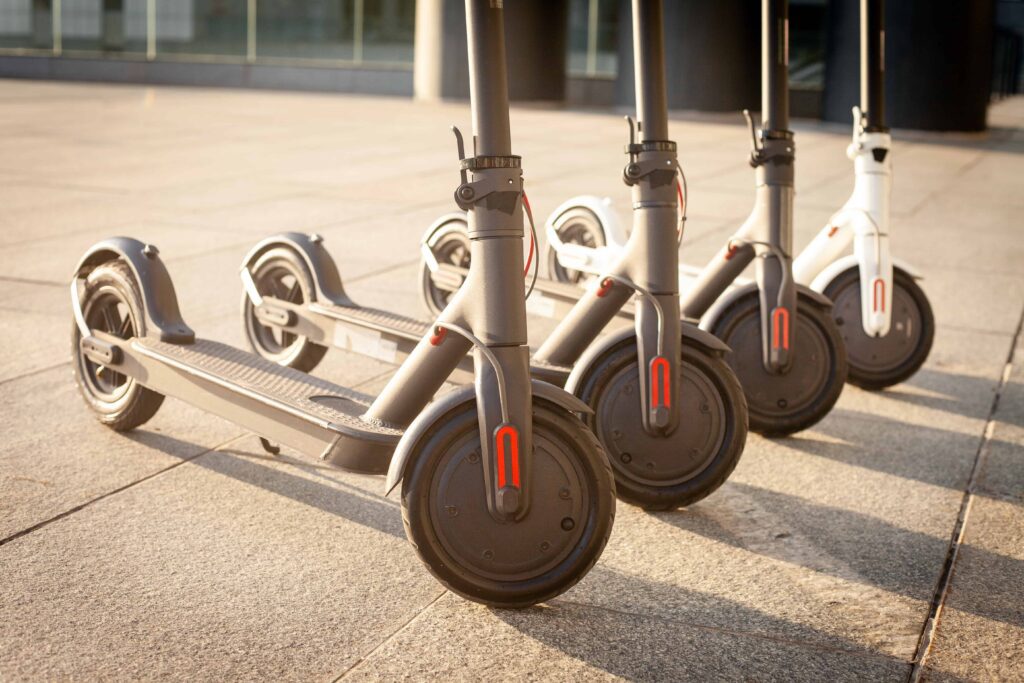
IoT cellular connectivity platforms have played a key role in enabling the expansion of the micromobility – E scooter industry. These platforms provide reliable, transparent, and flexible connectivity that can help micromobility companies to quickly bounce back from disruptions such as the COVID-19 pandemic.
By providing an easy-to-use and cost-effective means of connecting and tracking their vehicles, these platforms have made it possible for micromobility companies to deploy their fleets nearly anywhere in the world.
In addition, the use of real-time dashboards and other monitoring tools can help micromobility companies to be more proactive in managing their fleets and mitigating issues before they arise.
This can help to improve the efficiency and reliability of the vehicles, as well as provide live reporting metrics that can be accessed from anywhere in the world. Overall, IoT cellular connectivity platforms have played a vital role in enabling the growth and expansion of the micromobility industry.
The affordability and environmental benefits of micromobility vehicles have likely contributed to the growth of the industry and the increasing demand for these types of solutions.
Many people are seeking out convenient and efficient ways to travel short distances, and micromobility vehicles such as electric scooters and bikes offer an attractive alternative to traditional modes of transportation.
To achieve industry goals around micromobility access and ubiquity, it will be important for providers to prioritize constant connectivity and use technologies such as eSIMs (embedded SIM cards) to access multi-network cellular coverage.
By using a single eSIM to access multiple networks, micromobility companies can ensure that their vehicles have reliable connectivity in a wide range of locations, which can help to improve the user experience and will definitely increase popularity of these vehicles.
Looking for End to End Industrial Automation & IoT Solutions?

